Rice, a staple food for nearly half of the world’s population, is valued not only for its versatility in global cuisines but also for its relatively long shelf life compared to other grains. However, achieving optimal storage conditions is critical to prevent spoilage, maintain nutritional value, and ensure every grain cooks to perfection. This comprehensive guide explores the science and practicality of preserving rice, covering everything from container selection to environmental controls, pest prevention, and advanced techniques for extended storage.
Understanding Rice Types and Their Unique Storage Needs
Before diving into storage methods, it’s essential to recognize that rice varieties differ significantly in composition, affecting their preservation requirements. White rice, brown rice, wild rice, and specialty types like basmati or jasmine each have distinct shelf lives and vulnerabilities.
- White Rice: Polished to remove the bran and germ, white rice has a low oil content, making it less prone to rancidity. Properly stored, it can last up to 4–5 years.
- Brown Rice: Retains the oil-rich germ and bran layer, which enhances its nutritional profile but shortens its shelf life to 6–12 months due to oxidation.
- Wild Rice: A semi-aquatic grass seed, wild rice has a tough outer hull that protects its interior, allowing it to store similarly to white rice when dried thoroughly.
- Flavored or Coated Rice: Varieties mixed with spices, herbs, or oils require stricter moisture control to prevent clumping or flavor degradation.
The Enemies of Rice: Moisture, Heat, Oxygen, and Pests
Rice preservation hinges on neutralizing four primary threats:
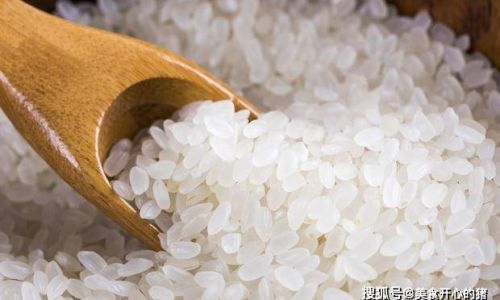
- Moisture: Even small amounts of humidity can lead to mold growth, fermentation, or bacterial contamination.
- Heat: Accelerates chemical reactions, including oxidation and enzyme activity, which degrade quality.
- Oxygen: Promotes rancidity in oil-rich varieties and supports aerobic pest life cycles.
- Pests: Insects like rice weevils, moths, and grain beetles can infiltrate stored rice, multiplying rapidly if unchecked.
Container Selection: The First Line of Defense
The right storage vessel creates a physical barrier against moisture, pests, and oxygen. Consider these options:
-
Airtight Containers:
- Glass Jars with Rubber Seals: Ideal for small batches, offering visibility and complete odor containment.
- Plastic Food-Grade Buckets: Durable, stackable, and cost-effective. Opt for HDPE (high-density polyethylene) with BPA-free labels.
- Metal Cans: Provide excellent light blocking but may corrode in humid environments.
-
Mylar Bags with Oxygen Absorbers:
A gold-standard method for long-term storage. Mylar’s low oxygen permeability, combined with 300cc oxygen absorbers, creates an anaerobic environment that halts pests and oxidation.
-
Vacuum-Sealed Bags:
Effective for short-to-medium-term storage but require a quality vacuum sealer and may puncture easily.
Avoid: Burlap sacks, paper bags, or open containers, which offer no protection against pests or humidity.
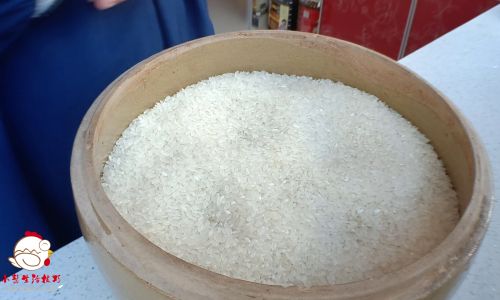
Ideal Storage Environment: Cool, Dark, and Dry
Environmental conditions play a pivotal role in rice longevity:
-
Temperature:
- Store rice below 70°F (21°C) to slow enzymatic activity and pest metabolism. Freezing (0°F/-18°C) can halt spoilage entirely but may alter texture slightly upon thawing.
- Avoid storing rice near ovens, refrigerators, or windows, where temperature fluctuations are common.
-
Humidity:
- Maintain relative humidity below 15% using desiccants like silica gel packets or DIY rice-drying agents (e.g., dried chili pods or bay leaves).
- In humid climates, use a dehumidifier in storage areas or opt for climate-controlled pantries.
-
Light Exposure:
UV rays degrade nutrients and accelerate fat oxidation. Use opaque containers or store rice in dark cabinets.
Pest Prevention: Natural and Chemical-Free Solutions
Infestations can render rice inedible within weeks. Implement these strategies:
-
Freeze New Purchases:
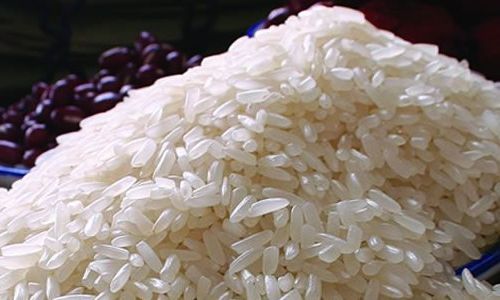
Place unopened rice bags in the freezer for 72 hours to kill eggs or larvae. Thaw completely before opening.
-
Bay Leaves and Cloves:
Add 2–3 whole bay leaves or cloves per gallon of rice. Their aromatic oils repel pests without affecting flavor.
-
Diatomaceous Earth (Food-Grade):
A non-toxic powder that dehydrates insects. Sprinkle lightly between layers but avoid inhaling the dust.
-
Regular Inspections:
Check for webbing, larvae, or unusual odors every 3–6 months. Discard infested batches immediately to prevent cross-contamination.
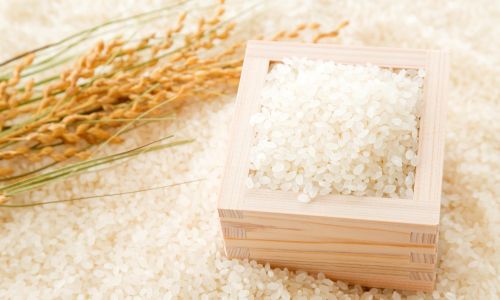
Advanced Techniques for Long-Term Storage (10+ Years)
For preppers or bulk buyers, these methods extend shelf life:
-
CO2 Flushing:
Replace oxygen in containers with CO2 using dry ice. The gas displaces pests and slows oxidation.
-
Nitrogen Packaging:
Commercial facilities use nitrogen flushing, but DIY kits are available for home use.
-
Gamma Irradiation:
Approved by some countries, this process kills pathogens and pests without affecting rice quality.
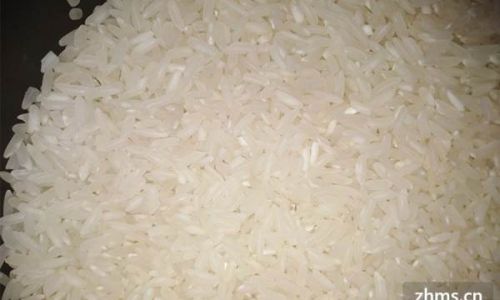
Signs of Spoilage and How to Salvage Stale Rice
Even with precautions, rice may degrade. Watch for:
- Rancid Smell: Brown rice’s oils turn bitter when oxidized.
- Yellowish Discoloration: Indicates fungal growth or excess moisture.
- Clumping: Caused by humidity or oil migration in flavored varieties.
Salvaging Stale Rice:
- Rehydration: For slightly dried rice, steam with a damp cloth over low heat.
- Grinding: Turn stale grains into flour for baking or thickening.
Cooking and Usage Tips to Maximize Freshness
Preservation doesn’t end with storage—handling practices during cooking matter too:
- Rinse Before Cooking: Removes surface starches and dust, improving texture.
- Avoid Overcooking: Excess moisture during cooking accelerates spoilage in leftovers.
- Portion Control: Freeze cooked rice in airtight bags for up to 6 months to prevent bacterial growth at room temperature.
Conclusion: The Rewards of Proper Preservation
Mastering rice storage transforms a humble pantry staple into a resilient, long-lasting resource. By understanding the interplay of moisture, heat, oxygen, and pests, and by leveraging tools like airtight containers, climate control, and natural deterrents, you can ensure your rice retains its flavor, nutrition, and culinary versatility for years. Whether you’re a home cook, a survivalist, or a global cuisine enthusiast, these techniques empower you to savor every grain with confidence.
Final Thought: Treat rice not as a disposable commodity but as a living ingredient deserving of care. The effort invested in preservation pays dividends in meal quality, food security, and reduced waste—a small step toward a more sustainable kitchen.






0 comments